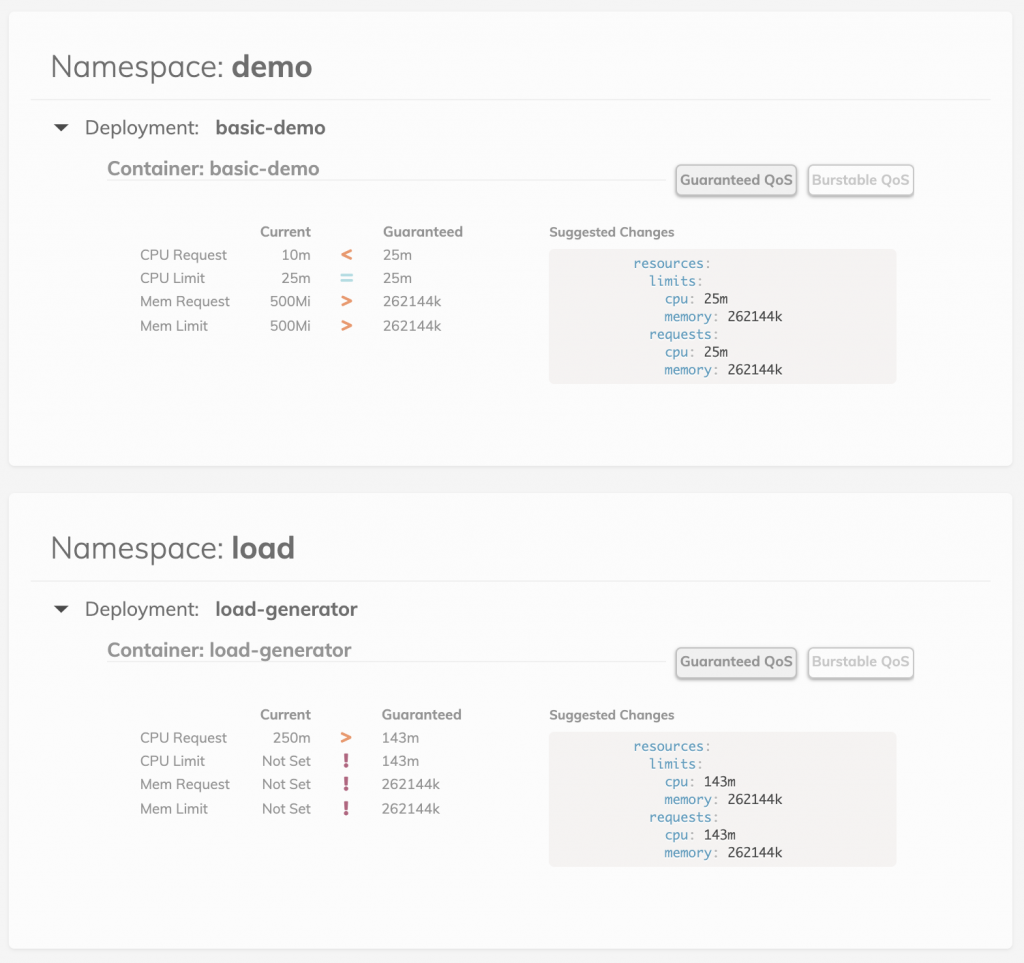Fairwinds Updates Open Source Tool to Optimize Kubernetes Clusters
Fairwinds has updated its open source Goldilocks tool for optimizing CPU and memory resources on a Kubernetes cluster to provide support for large clusters with numerous namespaces. It also has made it possible to view resource recommendations from a single namespace and provides a simplified process for installing the control plane vertical pod auto-scaler (VPA) for Kubernetes clusters.
Robert Brennan, director of open source at Fairwinds, says Goldilocks 3.0 addresses the requirements of large clusters at a time when many IT teams are starting to centralize the management of Kubernetes clusters to reduce costs.
Kubernetes was designed to run multiple workloads on the platform at scale. However, most of the Kubernetes clusters that have been deployed thus far are only running one or two applications largely because many application developers initially set up their own clusters. Now that IT teams are becoming more familiar with Kubernetes, many of those initial applications are being moved to larger clusters managed by IT operation teams, notes Brennan.
To ensure no application consumes more resources than they should, Kubernetes places limits on applications based on recommendations defined by IT operations teams. Goldilocks provides a tool to make recommendations for both requests and limits to better manage resources and ensure clusters remain stable.
Fairwinds is a provider of managed services for Kubernetes that, in addition to the Goldilocks tool, has created five other open source projects for Kubernetes environments. They include Nova, a tool for monitoring Helm charts; Astro, a tool for managing instances of Datadog monitoring tools for Kubernetes clusters; Pluto, a tool for discovering deprecated Kubernetes application programming interfaces (APIs); Polaris, a tool that evaluates Kubernetes configurations based on best DevOps practices; and Gemini, a user interface for the VolumeSnapshot API.
Brennan says there is still generally a shortage of Kubernetes skills within most IT organizations, which is driving demand for external managed services expertise. IT organizations must decide how much and even whether they prefer to consume managed Kubernetes services provided by a cloud services provider versus an IT services firm capable of managing the entire Kubernetes application environment.
Most IT organizations initially stand up their own Kubernetes clusters. However, as the number of Kubernetes clusters begin to multiply, it’s not long before more IT organizations opt to rely more on external expertise. It’s not clear, however, if this is a short or long-term trend. As Kubernetes management tools become more accessible, some organizations may prefer to shift back toward self-managed Kubernetes environments. As part of that transition, however, often IT teams find themselves managing increasingly larger Kubernetes clusters running multiple applications. The more applications deployed, the more challenging it becomes to make sure one application is not consuming all the available resources at the expense of all the other applications deployed on that same cluster.
In the near future, Fairwinds also intends to update the user interface for Goldilocks as part of an ongoing effort to make Kubernetes more accessible.
IT teams, of course, have been balancing the needs of one application against another for decades on end. The issue now is finding the best way to strike that balance on a Kubernetes cluster, which is among the most complex platforms to come down the IT pike in recent times.





